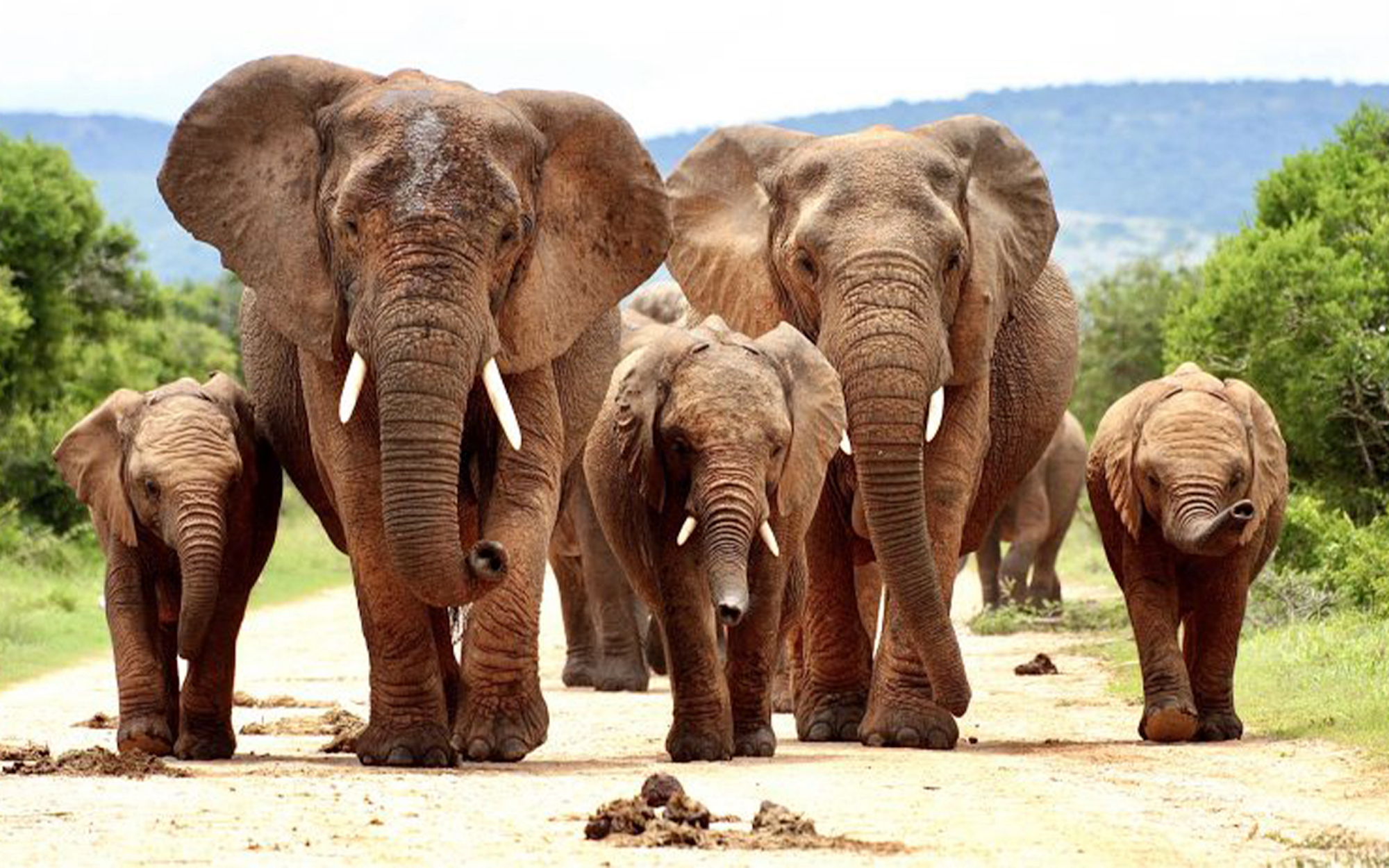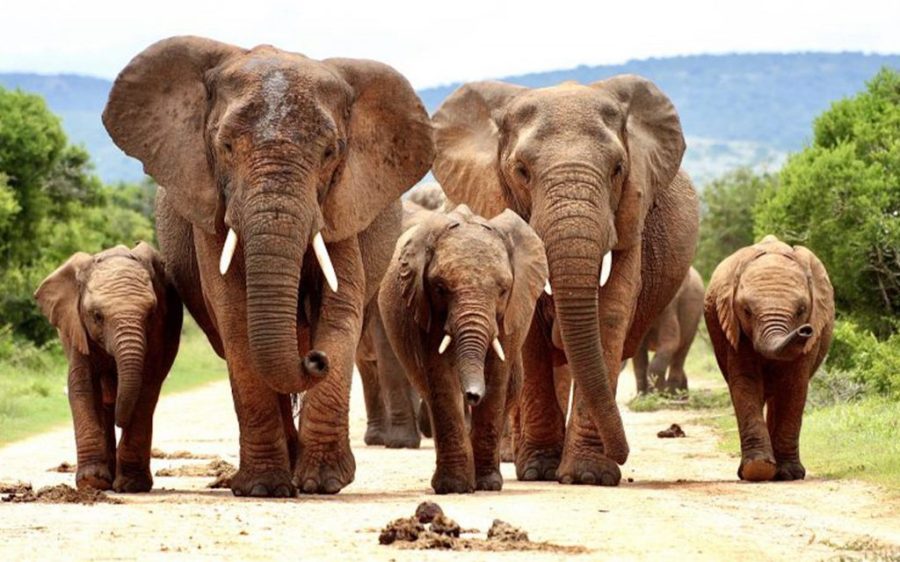Mozambique will take over the running of the Greater Limpopo Transfrontier Conservation Area (GLTFCA) from Zimbabwe for the next two years, starting in January 2023.
Spanning around 100,000 square kilometres, the cross-border area includes the Limpopo National Park in Mozambique, the Kruger National Park in South Africa and the Gonarezhou National Park, the Swamp Sanctuary and the Malipati Game Area and Sengwe Communal Land in Zimbabwe.
In South Africa, two community-owned areas, including Makuleke, form part of the Kruger National Park. In Mozambique, in addition to the Limpopo National Park, there is the Banhine National Park and a group of farms along the border with Zimbabwe in the districts of Massangena and Chicualacuala, Gaza province.
The international treaty establishing the GLTFCA was signed by the presidents of Mozambique, South Africa and Zimbabwe in December 2002. About one-third of the area is made up of state-protected areas and the remainder is farmland, wildland and community lands.
Wildlife abounds in the area, with a total of 147 mammal species, 116 reptile species, 49 fish species, 34 frog species, 500 or more bird species, plus at least 2,000 plant species. It is home to all of Africa’s iconic fauna, such as elephants, black and white rhino, lion, leopard, giraffe, zebra, buffalo and many species of antelope.
Importantly, it is in this cross-border landscape that the Kruger National Park is currently home to one of the last significant and viable populations of African wild dogs and rhinos.
Since its establishment, the GLTFCA has been pivotal to the functioning of the institutional arrangement and in the establishment of synergies that have resulted in the construction of administrative and tourist infrastructure in all participating states, the development of community programs, the conduct of research on biodiversity and geodiversity and the enhancement of local culture.






